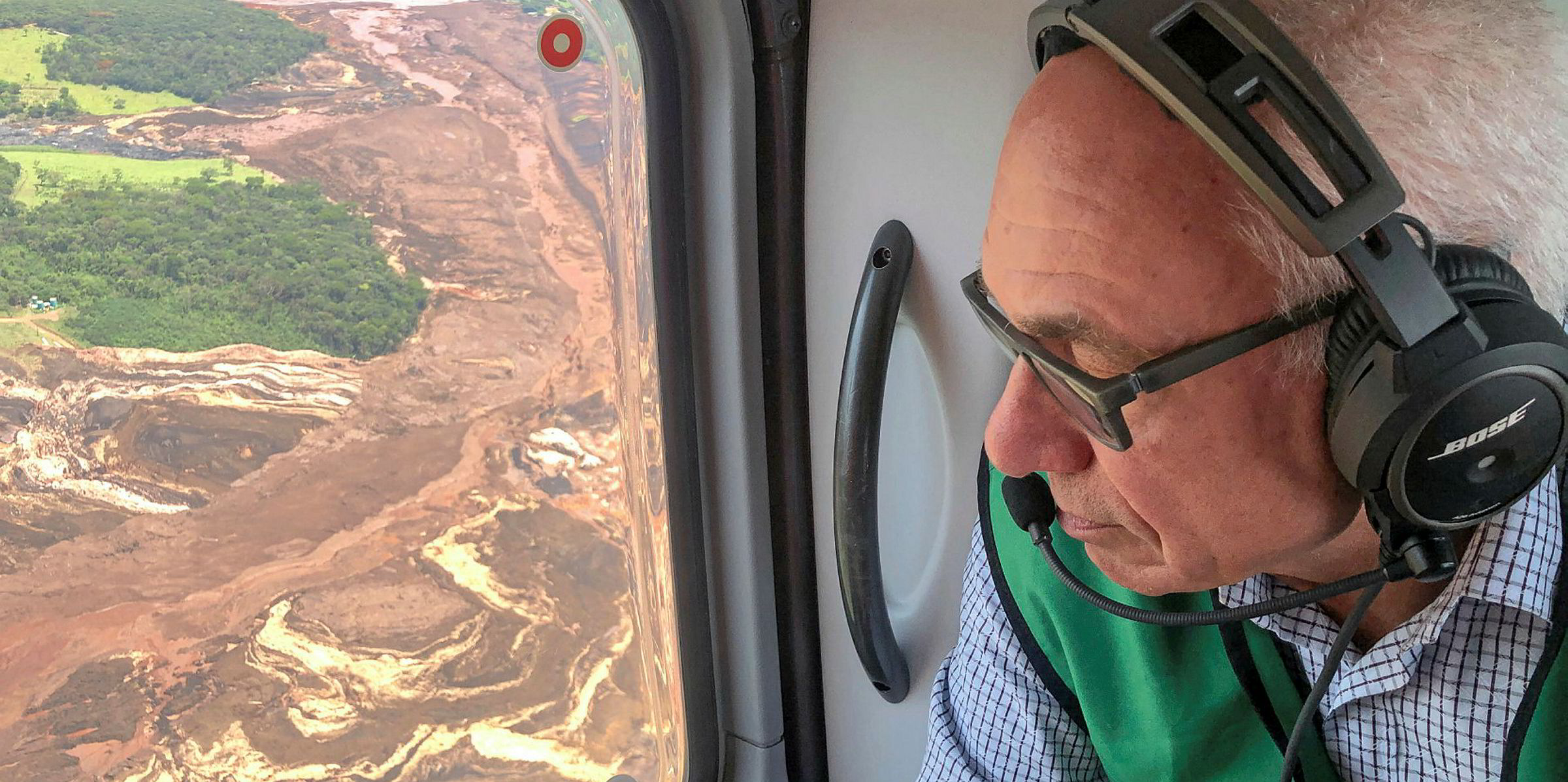Vale says it has detected movements at its Gongo Soco iron ore mine in Brazil, which could threaten a nearby dam.
Iron ore production ceased at the Gongo Soco mine in April 2016, so Vale's safety warning is not expected to further impact Vale's production outlook and subsequently the capesize market outlook.
Structural problems at Vale's mining facilities in Brazil — including a dam collapse that killed over 300 people — have wiped 40 million tonnes of iron ore off a market already hurt by US-China trade tensions.
The mining giant said vibrations have been detected at the North slope of the mine pit at Barao de Cocais in Minas Gerais state, at which operations have been suspended since 2016.
Vale said any potential displacement of material would be absorbed within the pit, but could cause vibrations that affect the nearby Sul Superior tailings dam, which is 1.5 km away from the slope.
The miner is evaluating what impacts these vibrations could have on the dam structure and is monitoring both the pit and the dam.
Over 450 people were evacuated from within a 10-mile radius of the Sul Superior dam in early February as a preventative measure, following tragic events two weeks earlier.
Vale’s Brumadinho tailings dam at the Feijao iron-ore mine collapsed on 25 January, resulting in more than 300 deaths.
The miner quickly closed 50 tailings dams for testing after the breach.
This month, Vale said it expects its 2019 sales of iron ore and pellets to be at the low to mid-end of its previous estimate of 307 million tonnes to 332 million tonnes.
The capesize market was hit hard by Vale's production cuts during the first quarter and asset values remain at historic lows.
Capes, however, are currently fixing at firm rates, which suggests that capes are currently undervalued, according to research by Cleaves Securities.
The equities analyst said on Thursday it is anticipating “one of the longest expansionary dry bulk cycles” in its records, which go back to the 1740s.
The Sul Superior dam is one of Vale's remaining 10 inactive upstream tailings dams, all of which are due to be decommissioned, according to a plan announced in January.






